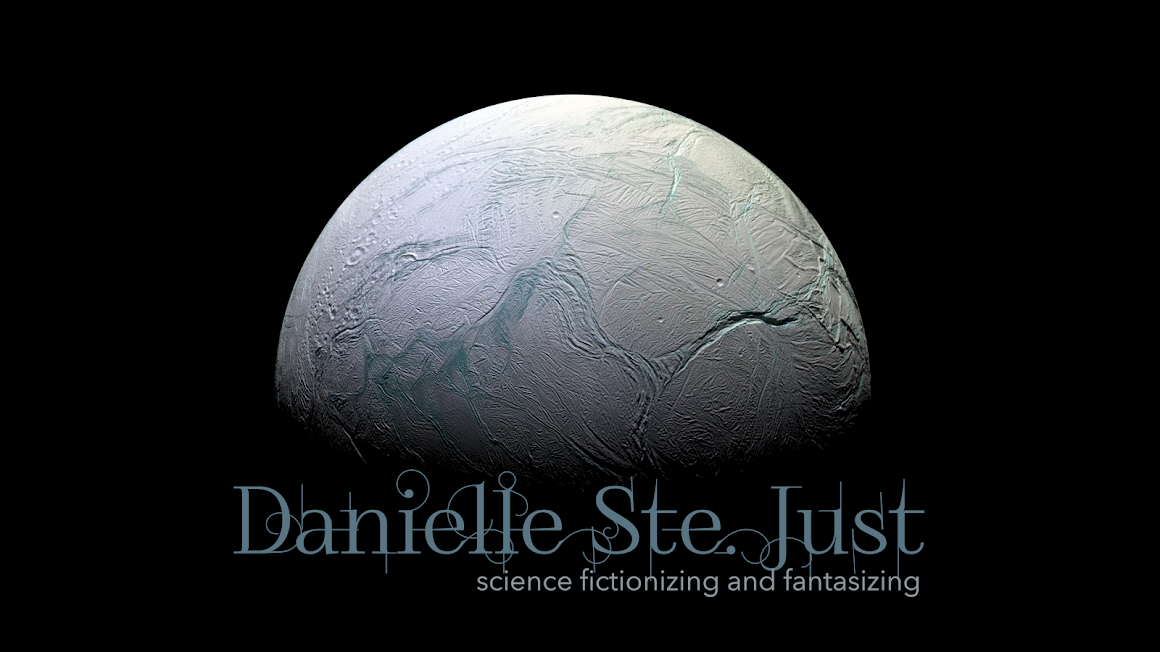This is the second post in a series entitled Backstory: You Need It More Than Your Readers Do
 |
| Pieces of your character's personality can be written into each scene |
So you have a character you absolutely love, and you can't wait to tell everyone about it!
- You've built up the character in your head or on paper
- You've envisioned her childhood
- You've got his features firmly fixed in your mind
- You've been working out her entire employment history
Now what do you do? How do you reveal all this backstory without killing the plotline or boring your readers half to death?
Reveal it piece by piece.
Let's use an example character: Veronica Tsosie. She has had a terrible childhood, was orphaned early and was shifted from relative to relative, ending up with foster families where she was never truly wanted.
These childhood experiences will affect her personality in a fundamental way. Perhaps you'll write Veronica as a person who is needy and is constantly seeking approval. Perhaps you'll write her as the opposite extreme, as a person who finds it almost impossible to trust anyone.
If you reveal her childhood history at the beginning of your work, though, all that exposition will kill the tension and pacing of your story, and any mystery your character might hold for your readers.
"This is all not to say that your character can't reveal her past. But that's her job, not yours!"
Instead, let your MC's actions reveal her history. Veronica's distaste for authority figures and unwillingness to let her guard down in front of other people will speak for itself. How about a scene where she is trapped in a room with another character, yet cannot allow herself to fall asleep in the company of that person? She forces herself to stay awake until she passes out from fatigue. This would show the reader without a doubt that she is carrying around major pain.
This is all not to say that Veronica can't reveal her pain to another character. But that's her job, not yours! She is going to have to build trust with another character or be pushed to the point where she reveals her childhood tribulations.
Characters need background, they can't be thrown into your story without a past. However, don't turn around and choke your readers with a huge chunk of exposition. Instead, reveal your MC's past piece by piece, and allow your characters to do their own talking. Blend the past with the present when it's the most meaningful for your storyline.
Backstory: You Need It More Than Your Readers Do is a series of posts that will explore how much you need to know about your story versus how much you need to tell. It's that old show versus tell conundrum explored in a new way.
Danielle Ste. Just is the author of several short stories including The Forgottens and The Effect-Displacement Assassin. Her new novel, Lethe, is forthcoming.

